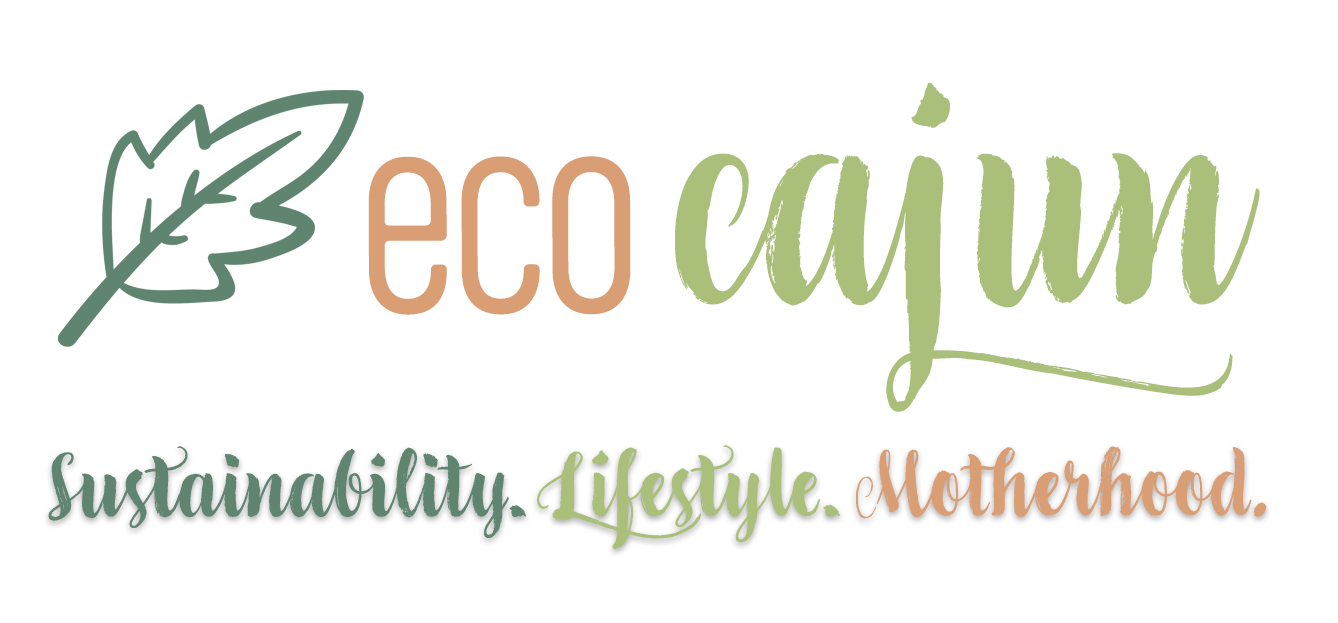I usually forget to put out an Easter basket for decoration until sometime around now, the beginning of Holy Week. But I do have a metal one in storage, complete with plastic eggs that are at least 10 years old, and a few tin eggs that used to hold candy. I don't bother with plastic or paper grass at all, which keeps the house much cleaner.
A few years ago, I got on a Pinterest kick and wanted to make wreaths for our front door, but in an eco-friendly way. I learned how to make those burlap wreaths, and I purchased fake fall flowers to intertwine in the burlap. When spring rolled around, I picked up some fake spring flowers and replaced them on the same burlap wreath. It's been two or three years now, and although my burlap is starting to look a little sad, the wreath itself still works and gives a little cheer to our front door.
But maybe you do a bit more for Easter. Dyeing eggs is always fun, especially with children, and there are many natural alternatives for dye. In 2013 and 2015 I experimented with using spices and produce to dye batches of eggs, and although it took awhile, I loved the results.
Using food-based items combined with vinegar also means you're keeping synthetic ingredients and materials out of your eggs, which makes them healthier if you plan to actually eat the eggs (which you should!)
Get creative when dyeing your eggs and reuse materials that would otherwise be thrown away. I've used strips of recycled cardboard boxes as drying stands, and my friend Sloane uses water and soft drink bottle caps.
If you prefer not to get messy with dye, use decorative stickers or washi tape to get a unique look.
When it comes to using plastic eggs filled with treats for hunts, look for secondhand plastic eggs (the ones I have at home are secondhand from my mother's former classroom), or choose some made of renewable plant-based plastic (these are from Eco Eggs.)
 |
| Photo via Eco Eggs |
Skip the prepackaged Easter baskets at the store, because the baskets are meant for only one holiday, every item is wrapped, and the entire thing is wrapped in cellophane, which cannot be recycled.
Instead, make your own! Find baskets at a flea market or secondhand shop, or borrow some from friends or family. If you decide to purchase new baskets, choose ones that can be used for multiple purposes in your home throughout the year.
Customize your baskets for Easter with pastel ribbon or secondhand fabric as a liner, which can be removed once the holiday is over.
Make your own Easter basket grass with shredded paper or scrap fabric.
When it comes to filling baskets with treats, look for treats wrapped in foil or paper instead of plastic, or skip the candy altogether. Add a coloring book and nontoxic markers, outdoor toys like a jump rope or Frisbee, or even a child-size reusable water bottle.
You don't have to go overboard on material items for Easter, and you definitely don't have to go single-use. Minimize where you can and look for secondhand or reusable items for decorations and gifts.









No comments